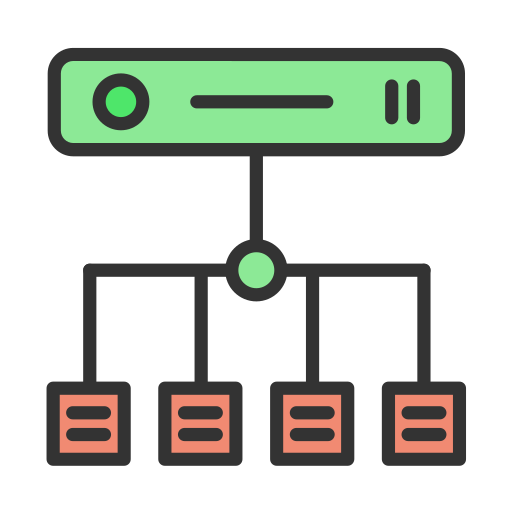
Speed and performance are critical aspects in today’s digital world. Online competition is fierce, and users expect fast and smooth experiences when browsing websites and using applications.
In addition, search engines consider loading speed an important factor in ranking sites in search results. In this article, we will explore key strategies for optimizing the speed and performance of websites and applications, including file compression, image optimization, use of CDNs, and implementation of asynchronous loading techniques.

File compression is an essential technique for improving the loading speed of a website. By reducing the size of HTML, CSS, and JavaScript files, the time required to transfer them from the server to the user’s browser is reduced. There are two main types of compression: lossless compression and lossy compression. Lossless compression reduces file size without loss of quality, while lossy compression sacrifices quality to achieve a more significant reduction in file size.
To implement file compression on a website, tools such as Gzip can compress HTML, CSS, and JavaScript files before sending them to the user’s browser. In addition, many modern web servers, such as Apache and Nginx, have built-in functions to enable file compression.

Images are essential elements on many websites, but they can also slow down load speed if not optimized properly. Several strategies exist to optimize images and reduce their size without sacrificing quality. These include lossless compression, which removes redundant data from images to reduce file size, and choosing the correct image format, such as JPEG for photographs and PNG for transparent graphics.
In addition, numerous tools and plugins are available for image optimization, such as TinyPNG for compressing PNG and JPEG images and ImageOptim for optimizing images in various formats.

A CDN (Content Delivery Network) is a network of geographically distributed servers that stores cached copies of a website’s resources, such as images, CSS files, and JavaScript. By using a CDN, the loading speed of a website can be significantly improved by reducing the physical distance between the server and the end user. This is because resources are delivered from the CDN server closest to the user rather than from the origin server.
To use a CDN, you must first choose a reliable CDN provider that suits your needs and budget. Then, you will configure your website to deliver static resources through the CDN, which usually involves changing the resource URLs to the CDN domain instead of the origin domain.

Asynchronous loading is a technique that allows certain resources, such as scripts and CSS files, to load independently of the rest of the page. This means the browser does not have to wait for all resources to load before displaying the page, which can significantly improve the user’s perceived load time.
There are several asynchronous loading techniques, such as the asynchronous loading of resources using the async tag in HTML and the asynchronous loading of JavaScript scripts. When implementing these techniques, it is crucial to consider how resources are loaded to avoid dependency and performance issues.

Web speed and performance optimization is an ongoing process that requires regular testing and performance monitoring. Several tools and services, such as PageSpeed Insights, GTmetrix, and Pingdom, are available for performance testing. These tools provide detailed information about a website’s performance, including load time, time to first byte, and total page size.
In addition to performing regular performance tests, monitoring a website’s or application’s ongoing performance using performance monitoring tools such as New Relic and Datadog is critical. These tools provide real-time information on website performance, including server usage metrics, response times, and server errors.

In summary, web speed and performance optimization are crucial to ensure a satisfactory user experience and improve the online visibility of any website or application. Implementing strategies such as file compression, image optimization, CDN usage, and asynchronous loading techniques makes it possible to improve an online project’s performance and efficiency significantly.
At Bizont, our team of web and application development experts is highly trained and committed to helping you implement these optimization strategies in your projects. We can work with you to create customized solutions that maximize the speed and performance of your website or application, thus improving the user experience and achieving your business goals.
Feel free to contact us for more information on how we can help you optimize your web project or application. We are here to help you achieve your online goals through continuous optimization and exceptional performance.
Trust Bizont to take your web project and apps to the next level!

Join our mailing list to receive fresh insights, stories and updates.